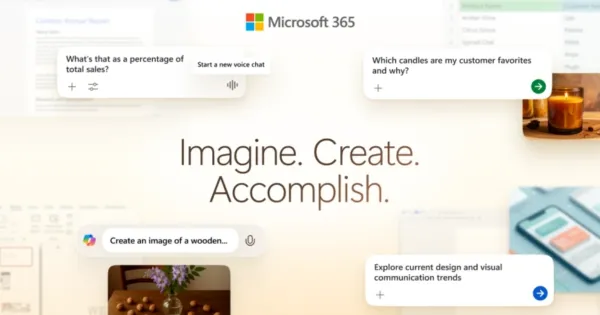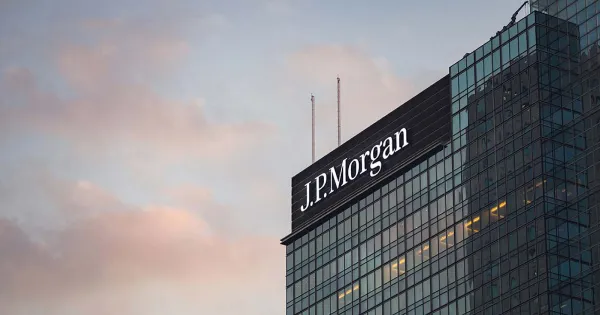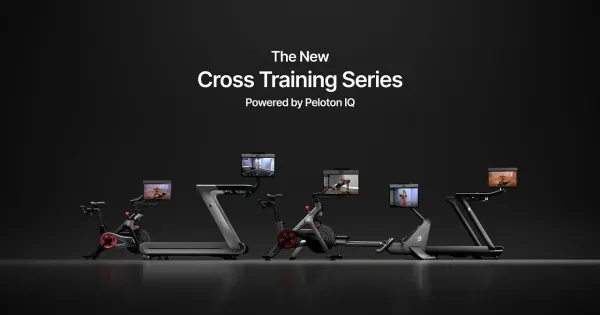Figma files for IPO, aiming to raise $1.5 billion

Figma, the collaborative design software powerhouse, took a major step toward going public on Tuesday by filing its S-1 with the SEC. While the filing stops short of revealing how many shares will be offered or at what price, it provides the most comprehensive look yet into Figma’s financial performance—and signals one of the most anticipated tech IPOs of the year.
IPO research firm Renaissance Capital estimates that Figma could raise up to $1.5 billion in its public offering. That figure would put it in direct competition with CoreWeave, whose $1.5 billion debut currently ranks as the largest tech IPO of 2025.
Revenue and Profitability: A Closer Look
Figma’s financials show significant growth. In 2024, the company generated $749 million in revenue, marking a 48% increase from the prior year. That momentum continued into early 2025, with first-quarter revenue growing 46% year-over-year. The company also reports a rolling 12-month revenue of $821 million and a striking 91% gross margin—metrics that are likely to appeal to both institutional and retail investors.
Figma’s profitability story is nuanced. While it was profitable in 2023, the company reported a $732 million net loss that same year, primarily due to a one-time stock-based compensation event. Specifically, Figma granted 10.5 million stock options to employees at $8.50 per share. However, profitability returned in the fourth quarter of 2024 and continued into Q1 of 2025.
Figma also reported negligible debt in its filing, though it has left space to update that figure as needed, potentially tied to its revolving credit line.
Ownership, Voting Power, and Early Cash-Outs
Among the more eye-catching details in the S-1 is Figma’s internal power structure. CEO and co-founder Dylan Field holds about 75% of the company’s voting power pre-IPO, largely due to super-voting Class B shares. Former co-founder Evan Wallace, who left the company in 2021, has transferred his voting rights to Field, though his family trust still holds around one-third of the Class B shares.
The document also confirms that Field sold approximately $20 million in shares as part of a 2024 employee tender offer—an early liquidity event for some stakeholders before the public offering.
AI Integration and Competitive Risks
Figma's S-1 also touches on the growing impact of AI in the design space. While the company has already launched several AI features, it acknowledges that competition from upstarts—like AI-powered design tool Lovable—poses a potential threat. Figma notes that while it is heavily investing in generative AI capabilities, the rapid pace of innovation in this sector means staying competitive won’t be easy.
“There can be no guarantee that our products will remain competitive as new AI technologies are developed,” Figma stated in its filing.
What’s Next?
The IPO's final terms—including share count and pricing—have yet to be announced. Major venture backers include Index Ventures, Greylock, Kleiner Perkins, and Sequoia, though it's unclear whether any will sell shares in the IPO.
With strong revenue, a high gross margin, a clear product-market fit, and expanding AI capabilities, Figma appears well-positioned to attract investor interest. But the competitive AI landscape and internal control dynamics will be closely watched as the company enters the public markets.
If successful, Figma’s IPO could become one of the defining tech market events of 2025.





